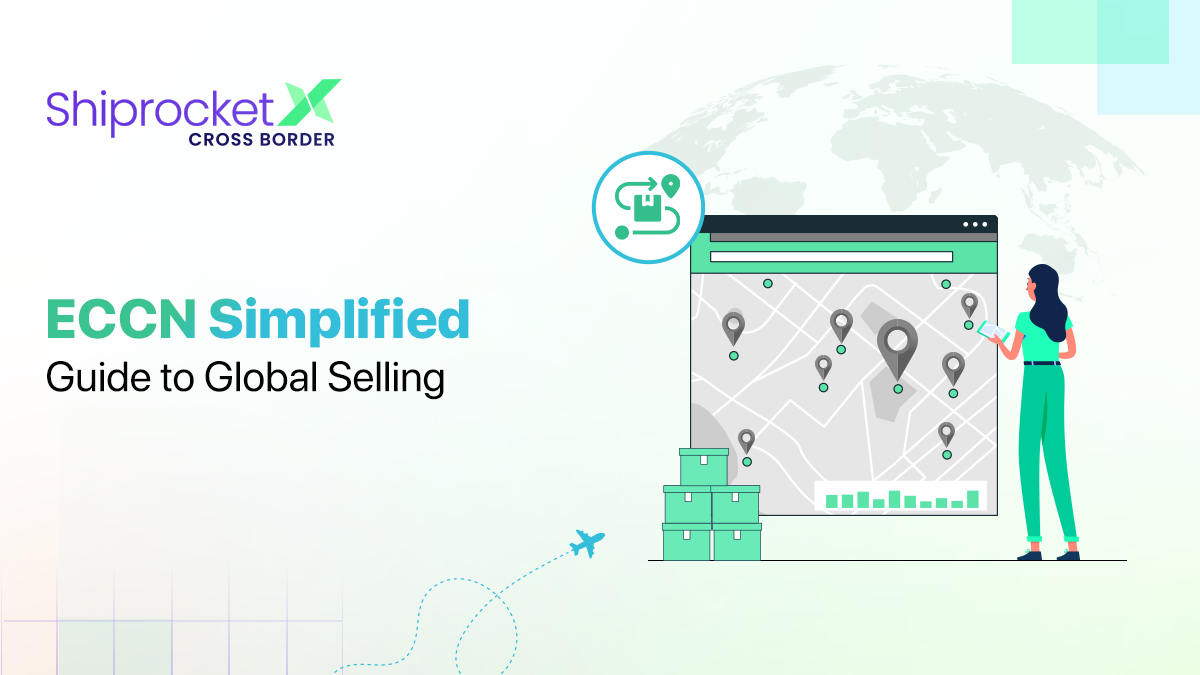Duty Entitlement Passbook (DEPB) Scheme: Benefits for Exporters
Exports are vital for the growth of any economy. Bringing in foreign currency and exporting products to other countries strengthens the nation’s economic position. In FY 2024, India’s foreign exchange reserves totalled around 646 billion U.S. dollars.
The government offers various incentives to encourage exports, including the Duty Entitlement Passbook (DEPB) scheme. The Madras High Court confirmed the applicability of this scheme for 100% Export-Oriented Units (EOUs). The DEPB helps businesses involved in exports by offering duty credit, which can be used to reduce import duties on raw materials.
This scheme aims to make exporting more attractive and beneficial for industries, promoting growth and foreign exchange inflows. So, what exactly does the DEPB scheme involve, and how does it support exporters? Here’s how it works and benefits the economy.

DEPB Scheme: What Is It All About?
The Duty Entitlement Passbook (DEPB) scheme, launched on April 1, 1997, aims to boost exports from India by offering fiscal benefits to exporters. The scheme also aims to reduce production costs by lowering tax burdens on imported inputs.
It allowed exporters to claim credits based on a fixed percentage of the Free on-board (FOB) value of their exported goods. The rate for each product was pre-determined and announced by the Director-General of Foreign Trade. These credits could be used to offset customs duties, making imports for manufacturing more affordable.
The scheme initially had two segments: post-export DEPB and Pre-export DEPB. However, the Pre-export option was phased out by 2000. Under the Post-export scheme, exporters were granted credits only after their products were shipped.
This credit system was designed to ease financial constraints for exporters, enabling them to focus on increasing their trade volumes. Exporters could use the credit only for customs duties and could not withdraw it as cash or settle other liabilities. However, the flexibility of transferring these credits between parties allowed greater trade convenience.
The scheme covered a wide range of products while excluding certain restricted items. Goods like gold nibs, gold pens, and watches were not eligible for benefits under this scheme. Although these items fell under the broader categories of writing instruments or luxury items, they were excluded from the list to maintain specific trade policies.
However, exporters of eligible products could benefit from reduced costs on imported inputs, helping them remain competitive in international markets. The Duty Entitlement Passbook (DEPB) scheme also simplified the process of offsetting customs duties for exporters.
The scheme created an incentive for manufacturers to expand their export operations by allowing a direct link between export performance and import benefits. Exporters received credits based on the FOB value of their shipments or a value cap, whichever was lower. This ensured that the benefits were proportionate to the trade volumes and aligned with the government’s policy framework.
The flexibility in transferring the credits allowed businesses to adapt the scheme to their specific trade requirements. By not restricting the transfer of these credits, the government ensured that smaller businesses without direct import needs could still benefit by selling their credits to larger players.
Although the scheme was well-received by exporters, it was discontinued later and merged into the Duty Drawback scheme. This integration aimed to streamline export incentive programs and make them more comprehensive. Before its discontinuation, the DEPB scheme had served as an important tool for reducing export costs and encouraging international trade participation.
The DEPB scheme played a significant role in shaping India’s export policies during its operational years. It offered tangible benefits to exporters and simplified import processes.
The Purpose of the DEPB Scheme

Here are some of the key purposes and objectives of the DEPB scheme:
Neutralising Customs Duties
One of the primary goals of the DEPB Scheme was to offset the impact of customs duties on imported raw materials that were used in the production of export products. This objective helped make the export products more competitive in international markets by compensating for the cost burden placed on exporters due to import duties.
Value Addition in Exports
The DEPB Scheme encouraged exporters to add more value to their products before exporting them. It took into account the level of value addition when calculating duty credits. Thus, the scheme helped promote higher-quality and value-added exports, which contributed to a better trade balance and stronger economic growth.
Flexibility to Exporters
The scheme also provided exporters with considerable flexibility. DEPB credits were not restricted to specific goods; exporters could use them to import any items, even restricted ones. This flexibility helped businesses meet their various import needs without being limited to materials directly involved in the export process.
Transferability of DEPB Scrips
A significant advantage of the DEPB Scheme was the transferability of duty credit scrips. These scrips could be transferred to other parties, offering exporters a way to convert credits into cash or use them for other purposes. This feature improved liquidity and flexibility, making the system more adaptable to exporters’ needs.
Utilising Credits for Other Schemes
The DEPB credits could also be used under other import schemes, like the Export Promotion Capital Goods (EPCG) scheme. This meant that exporters could utilise their credits for importing capital goods or machinery needed for their businesses, further boosting the growth of the export sector.
Imposing Value Caps
To ensure that the DEPB Scheme was used appropriately, the government introduced value caps on products that had high DEPB rates. These caps were meant to prevent misuse of the scheme, ensuring that only legitimate exporters benefiting from value addition were able to claim high-duty credits. The caps were a safeguard to maintain fairness in the system.
Customs Duty Credit Calculation
The amount of duty credit a business could claim was determined based on the import content of the export product, as per the Standard Input-Output Norms (SIONs). These norms specified the quantity of imported goods used to produce a particular export product, which helped calculate the duty credit entitlement.
With these incentives, exporters increased their competitiveness in global markets and boosted the country’s export figures.
Where Could You Use the DEPB Scheme?
Here are some areas where the Duty Entitlement Passbook (DEPB) scheme can be applied.
Integration with Designated Ports
The DEPB scheme is restricted to specific seaports, airports, inland container depots (ICDs), land customs stations (LCS), and special economic zones (SEZs). It is integrated with specific ports, ensuring smooth implementation across various locations.
Under the scheme, only the ports pre-designated for this purpose can be used for exports and imports. These ports are carefully chosen to maintain uniform processing and ensure that the scheme’s benefits are effectively distributed across different regions.
For instance, exporters can process their shipments through major ports like Mumbai, Chennai, and Kolkata or designated airports such as Delhi and Bengaluru. Implementing the DEPB scheme at these locations ensures smooth operations, making it easier for exporters to manage their goods’ movement through customs.
Rationalised Custom Duty Rates
The DEPB scheme adjusts customs duty rates to reflect current policies and regulations, ensuring that they remain relevant and consistent with the latest customs rules. This approach makes the process more transparent and manageable for exporters, helping to prevent delays caused by outdated duty structures.
No Threshold Limit for New Rates
The DEPB scheme offers flexibility in setting new duty rates without imposing a fixed threshold limit. This makes it easier for authorities to modify rates according to the changing needs of the market and economy. Doing so helps exporters stay competitive without being bound by rigid pricing structures.
Capping on Certain Items
Under the DEPB scheme, some items have capped limits, and their market value does not need to be assessed each time. This simplifies the process for these goods, as exporters can avoid the time-consuming task of verifying the present market value. Instead, they can focus on other critical aspects of their export operations, making the process more efficient.
Conclusion
The Duty Entitlement Passbook scheme aims to support Indian exporters by providing incentives for imported goods used for export production. Although the pre-export DEPB scheme has now ended, the government continues to introduce other measures to assist businesses in expanding their exports.
For example, the government has launched specific policies to support growing sectors like eCommerce, including the creation of export hubs to simplify the processing of goods. These efforts aim to make exporting more accessible and efficient, helping businesses remain competitive in the global market.
Many platforms, such as ShiprocketX provide dependable services for anyone needing assistance with international shipping. Using these platforms can help you handle the shipments anywhere with efficiency and confidence and increase global trade.






